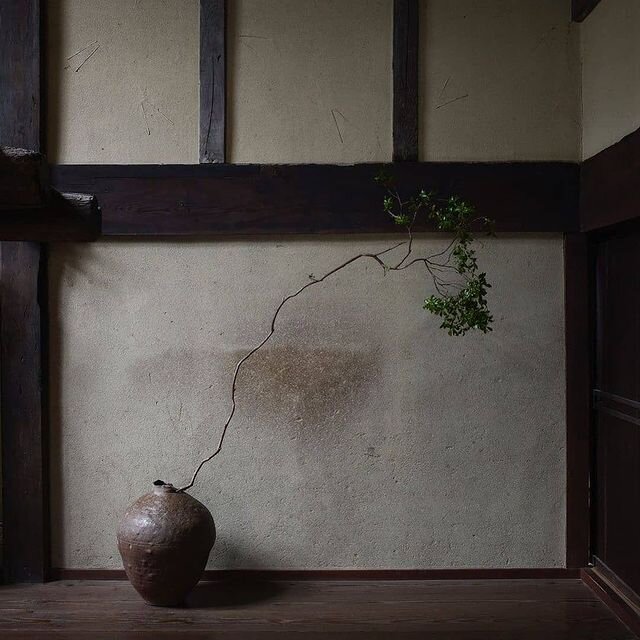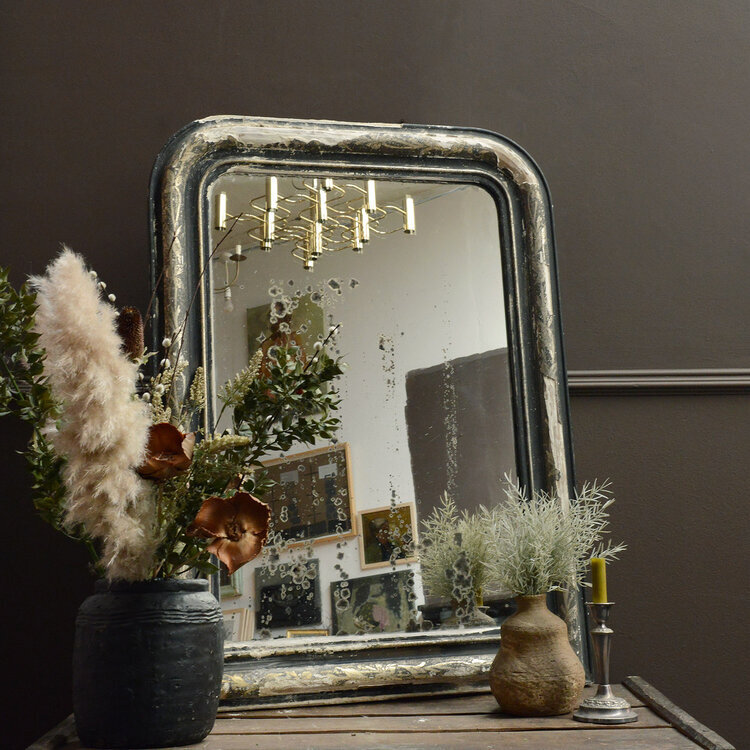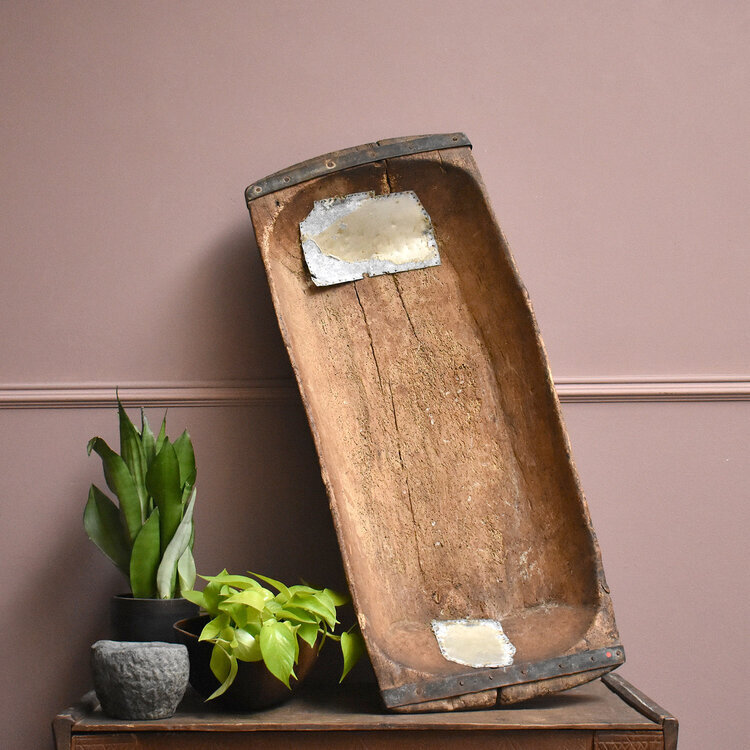Wabi-Sabi Philosophy
Wabi-Sabi’s ancient Japanese framework is rooted in Zen Buddhism and is a reference to the transient and journey of an object, rather than its final state. Nurturing all that is authentic by acknowledging three simple realities: imperfect, incomplete, impermanent… and embracing this beauty in nature, art and design.
We love the below examples of how we can style and incorporate Wabi-sabi design into our decor, from inspirational Instagram accounts Wabi-sabi Inspire and Wabi-Sabi Philosophy.
The beauty of wabi-sabi is most recognised in the Japanese tea ceremony, which is comprised of often imperfect, mismatched cups and utensils. It was this context that brought it to the attention of the western world, particularly as a technique in pottery and ceramics. Wabi Sabi has since extended itself across multiple mediums.
The fashionista’s appreciation for a garment’s vintage state is wabi-sabi in action - worn-out articles, bringing a sense of personalised character and specifically one that can’t be produced artificially.
There’s also an art movement dedicated to the wabi-sabi philosophy that contradicts the western art ideal, which predominantly focuses on the perfection of the final product. The Japanese approach to art allows the artist to loosen up and the process to take over, finding beauty in the journey.
And then we have our beloved Antiques - where the life of the object and its impermanence are reflected in its patina and wear, or in any visible repairs. This can be a distressed mirror, chipped pot and tarnishing! Just anything that symbolizes the idea that its history is part of the beauty and makes it unique and one of it’s kind.
Here are some treats from us to you…
Written by Sam Peliza




